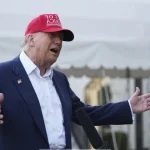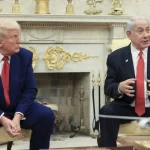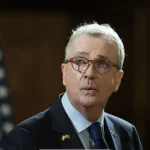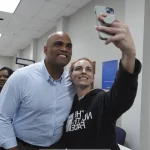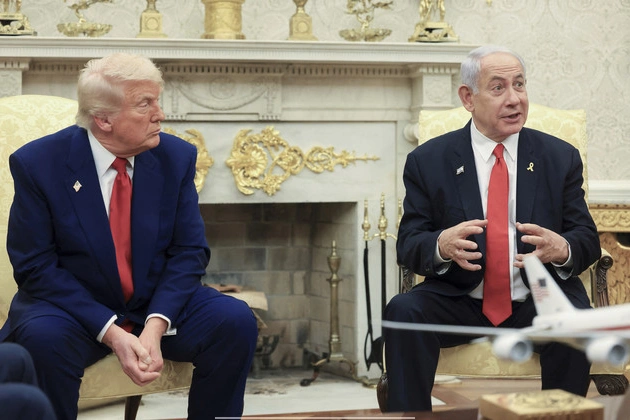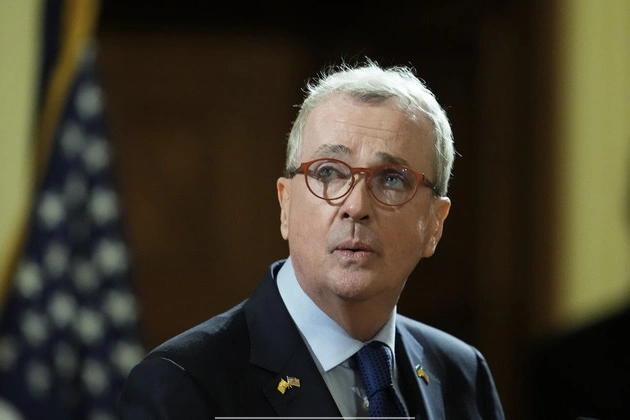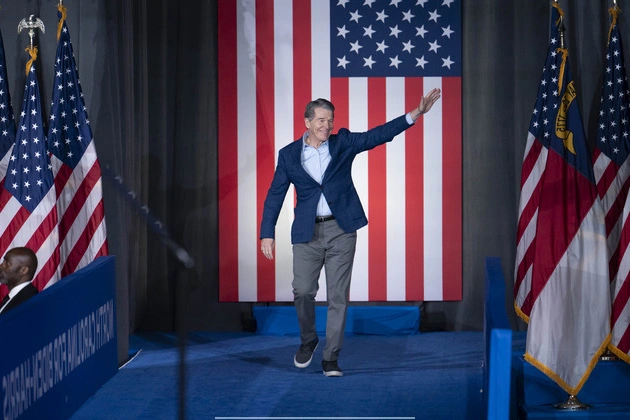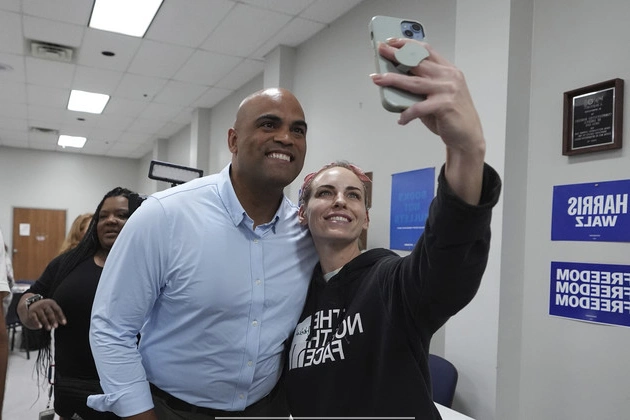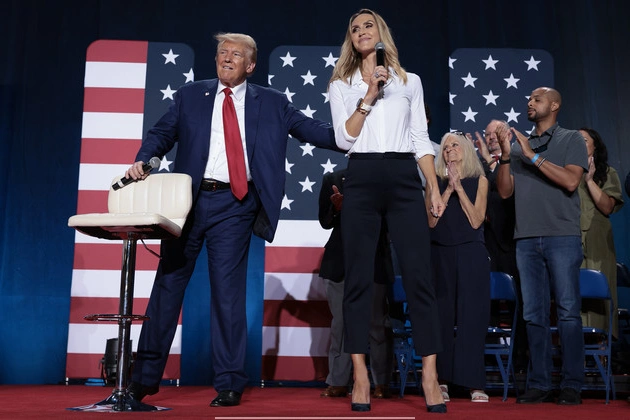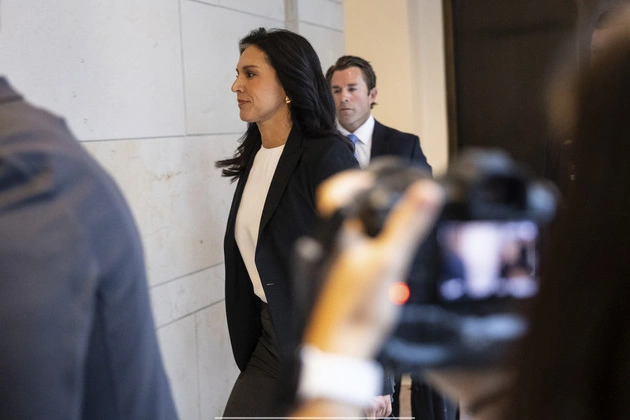
Introduction
President Donald Trump and Director of National Intelligence Tulsi Gabbard have found themselves entangled in a web of political discord, revealing contrasting views on critical issues and strategies. This article delves deep into the clashes and dynamics between these two influential figures.
The Unauthorized Video Incident
At 5:30 a.m. on June 10, Director of National Intelligence Tulsi Gabbard tweeted a cryptic video, cautioning against escalating tensions between nuclear powers, which irked President Trump. The unauthorized nature of the video sparked tensions and highlighted diverging perspectives.
Israel-Iran Relations and Conflicting Views
Trump’s contemplation of supporting Israel’s actions against Iran brought to light the differing stances held by Gabbard, who advocated for restraint and anti-interventionism. The clash of opinions underscored the complexity of foreign policy decisions.
Evolution of Relationship
From initial endorsements to current tensions, the relationship between Trump and Gabbard has witnessed a significant transformation. Shifts in tone and policy approaches have reshaped their interactions and fueled speculation about future collaborations.
Media Interpretations and Capitol Hill Reactions
The media’s portrayal of the Trump-Gabbard dynamics, coupled with reactions from Capitol Hill, reflects a broader narrative of geopolitical tensions and power struggles. Divergent viewpoints and critiques from various quarters contribute to the ongoing discourse.
Future Prospects and Speculations
As the clash between Trump and Gabbard continues to unfold, speculations arise about the trajectory of their relationship and potential ramifications on national security strategies. The evolving landscape of political alliances and confrontations adds layers of complexity to the narrative.
Conclusion
The intricacies of the clashes between Trump and Gabbard offer a glimpse into the nuanced world of political dynamics and power play. Navigating through conflicting perspectives and strategic maneuvers, these interactions shape the course of international relations and domestic policies.
